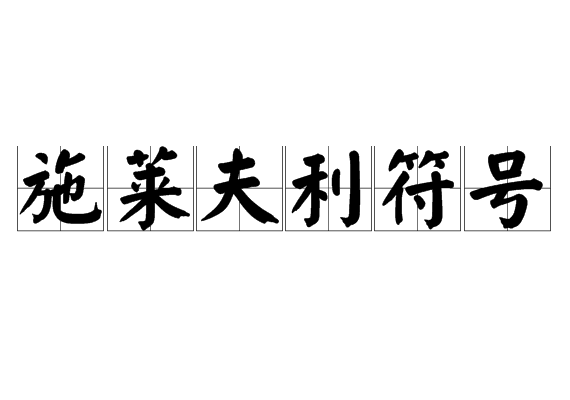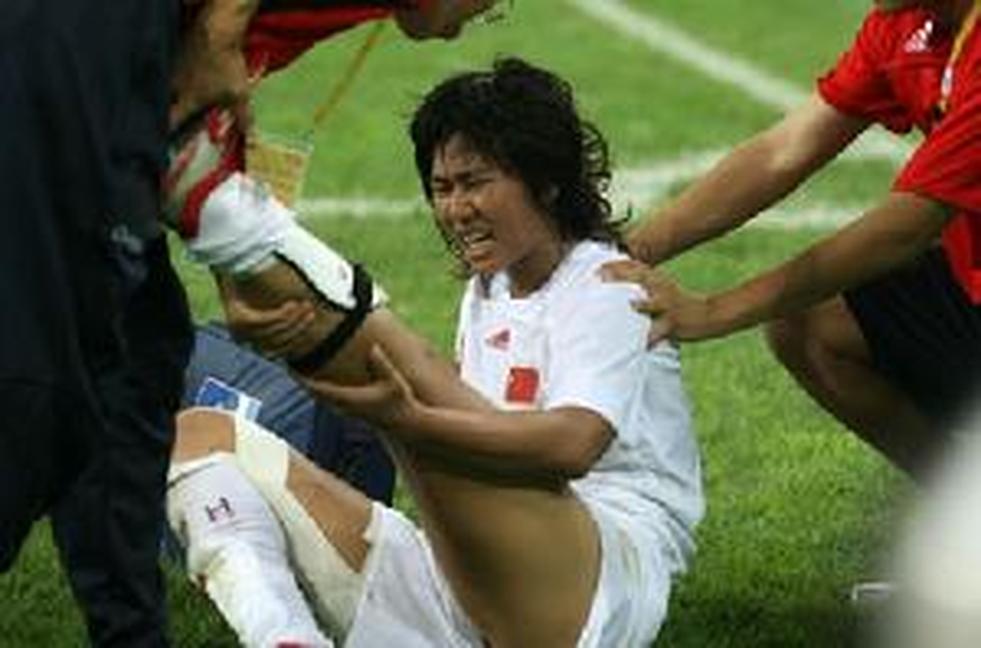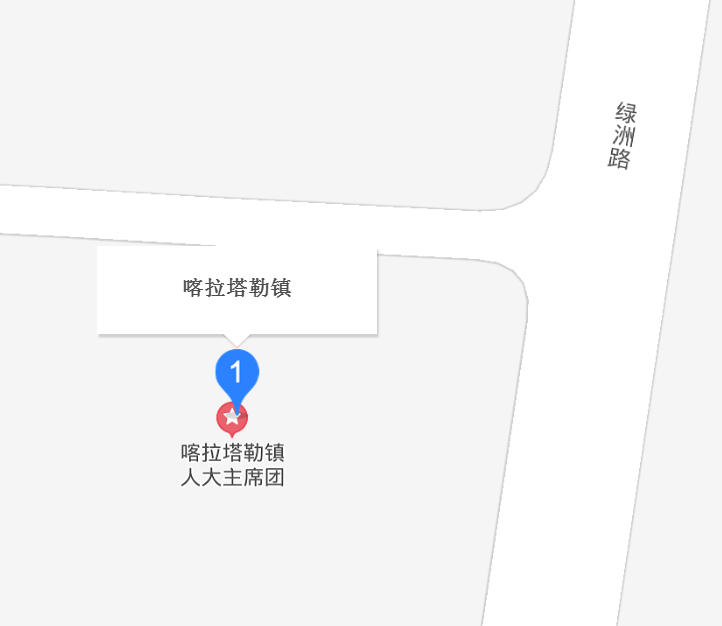举例说明
正多边形
一个有n个边的多边形,其施莱夫利符号为。例如,施莱夫利符号为的多边形即为五边形。
星形多边形
星形多边形(Star polygon)指的是正非凸多边形,即边长相等的凹多边形或复杂多边形。星形多边形的施莱夫利符号若为

,表示此一星形多边形有p的角,每一个角都和次q的角相连。因此
即代表的是五芒星。星芒形
当p和q不互质时,此时的星形多边形即称为星芒形(star figure)。若p跟q的最大公因子为n,此一星芒形即是由n个

相互旋绕而成。例如,
,即六芒星,便是由两个三角形
所组成的,而
则是由两个五芒星所组成。正多面体
正多面体的施莱夫利符号计做{p,q},其中p代表每个面的顶点数,,而q代表每个顶点和几个面相连
各种正多面体的施莱夫利符号如下:
正四面体 : {3,3}
立方体 : {4,3}
正八面体 : {3,4}
正十二面体 : {5,3}
正二十面体 : {3,5}
Schläfli symbols may also be defined for regular tessellations of Euclidean or hyperbolic space in a similar way.
In addition to the 5 convex regular polyhedra, there are four other nonconvex ones formed with star polygon faces or vertex figures.
The Schläfli symbols of the four Kepler-Poinsot solids are: (nonconvex regular polyhedra)
小星形十二面体 : {5/2,5}
大十二面体 : {5,5/2}
大星形十二面体 : {5/2,3}
大二十面体 ; {3,5/2}
Three regular tilings of the Euclidean plane:
Hexagonal tiling : {6,3}
Square tiling : {4,4}
Triangular tiling : {3,6}
Regular polychora (4-space)
The Schläfli symbol of a regular polychoron is of the form {p,q,r}. It has regular polygonal faces, {p,q} cells, {q,r} regular polyhedral vertex figures, and regular polygonal edge figures.
There are six convex regular and 10 nonconvex polychora. There is also one regular tesselation of Euclidean 3-space: the cubic honeycomb.
The smallest convex polychoron is {3,3,3}, the pentachoron, and the largest is {5,3,3}, the 120-cell.
All 10 nonconvex regular polychora are combinations of , {5/2}, sides.
Higher dimensions
For higher dimensional polytopes, the Schläfli symbol is defined recursively as {p1, p2, ..., pn − 1} if the facets have Schläfli symbol {p1,p2, ..., pn − 2} and the vertex figures have Schläfli symbol {p2,p3, ..., pn − 1}.
There are only 3 regular polytopes in 5 dimensions and above: the simplex, {3,3,3,...,3}; the cross-polytope, {3,3, ... ,3,4}; and the measure polytope, {4,3,3,...,3}. There are no non-convex regular polytopes above 4 dimensions.
Dual polytopes
For dimension 2 or higher, every polytope has a dual.
If a polytope has Schläfli symbol {p1,p2, ..., pn − 1} then its dual has Schläfli symbol {pn − 1, ..., p2,p1}.
If the sequence is the same forwards and backwards, the polytope is self-dual. Every regular polytope in 2 dimensions (polygon) is self-dual.
Extended Schläfli symbols for polyhedra and tilings
For polyhedra, one extended Schläfli symbol is used in the 1954 paper by Coxeter enumerating the paper tiled uniform polyhedra.
Every regular polyhedron or tiling {p,q} has these five operations that create semiregular polyhedra. The short-hand notation is equivalent to the longer name. For instance, t{3,3} simply means truncated tetrahedron.
The vertical notation is used for dual-symmetric operations - those that generate the same polyhedron from {p,q} as {q,p}.
A second extended notation, also used by Coxeter applies to all dimensions, and are specified by a t followed by a list of indices corresponding to Wythoff construction mirrors. (They also correspond to ringed nodes in a Coxeter-Dynkins diagram.)
In each a Wythoff construction operational name is given first. Second some have alternate terminology (given in parentheses) apply only for a given dimension. Specifically omnitruncation and expansion, as well as dual relations apply differently in each dimension.
Operation Extended
Schläfli
Symbols Coxeter-
Dynkins
Diagram Wythoff
symbol Face
(2) Face
(1) Face
(0)
Parent t0{p,q} Image:Dynkins-100.png q | 2 p --
Rectified t1{p,q} Image:Dynkins-010.png 2 | p q -- t
Birectified
(or dual) t2{p,q} Image:Dynkins-001.png p | 2 q -- --
Truncated t0,1{p,q} Image:Dynkins-110.png 2 q | p t --
Bitruncated
(or truncated dual) t2,3{p,q} Image:Dynkins-011.png 2 p | q --
Cantellated
(or expanded) t0,2{p,q} Image:Dynkins-101.png p q | 2
Cantitruncated
(or omnitruncated) t0,1,2{p,q} Image:Dynkins-111.png 2 p q | t t
Snub s{p,q} Image:Dynkins-sss.png | 2 p q
Image:Polyhedron truncation example3.png Image:Polyhedron kaleidoscopeTriAngles4.png
Generating triangles
Prisms
A p-gonal prism, with vertex figure p.4.4, can represented by either or .
Extended for uniform polychora and 3-space honeycombs
Image:Polychoron tetrahedral domain.png
Example tetrahedron in cubic honeycomb cell.
There are 3 right dihedral angles (2 intersecting perpendicular mirrors):
Edges 1 to 2, 0 to 2, and 1 to 3.
Summary chart of truncation operationsEvery regular polytope can be seen as the images of a fundamental region in a small number of mirrors. In a 4-dimensional polytope (or 3-dimensional cubic honeycomb) the fundamental region is bounded by four mirrors. A mirror in 4-space is a three-dimensional hyperplane, but it is more convenient for our purposes to consider only its two-dimensional intersection with the three-dimensional surface of the hypersphere; thus the mirrors form an irregular tetrahedron.
Each of the sixteen regular polychora is generated by one of four symmetry groups, as follows:
group [3,3,3]: the 5-cell {3,3,3}, which is self-dual;
group [3,3,4]: 16-cell {3,3,4} and its dual tesseract {4,3,3};
group [3,4,3]: the 24-cell {3,4,3}, self-dual;
group [3,3,5]: 600-cell {3,3,5}, its dual 120-cell {5,3,3}, and their ten regular stellations.
(The groups are named in Coxeter notation.)
A set of up to 13 (nonregular) uniform polychora can be generated from each regular polychoron and its dual. Eight of the Andreini tessellations (uniform honeycombs in Euclidean 3-space) are analogously generated from the cubic honeycomb {4,3,4}.
For a given symmetry simplex, a generating point may be placed on any of the four vertices, 6 edges, 4 faces, or the interior volume. On each of these 15 elements there is a point whose images, reflected in the four mirrors, are the vertices of a uniform polychoron.
The extended Schläfli symbols are made by a t followed by inclusion of one to four subscripts 0,1,2,3. If there's one subscript, the generating point is on a corner of the fundamental region, i.e. a point where three mirrors meet. These corners are notated as
0: vertex of the parent polychoron (center of the dual's cell)
1: center of the parent's edge (center of the dual's face)
2: center of the parent's face (center of the dual's edge)
3: center of the parent's cell (vertex of the dual)
(For the two self-dual polychora, "dual" means a similar polychoron in dual position.) Two or more subscripts mean that the generating point is between the corners indicated.
The following table defines all 15 forms. Each trunction form can have from one to four cell types, located in positions 0,1,2,3 as defined above. The cells are labeled by polyhedral truncation notation.
An n-gonal prism is represented as :
The green background is shown on forms that are equivalent from either the parent or dual.
The red background shows truncations of the parent, and blue as truncations of the dual.
Operation Extended
Schläfli
symbols Coxeter-
Dynkins
Diagram Cell
(3) Cell
(2) Cell
(1) Cell
(0)
Parent t0{p,q,r} Image:Dynkins-1000.png -- -- --
Rectified t1{p,q,r} Image:Dynkins-0100.png -- --
Birectified
(or rectified dual) t2{p,q,r} Image:Dynkins-0010.png -- --
Trirectifed
(or dual) t3{p,q,r} Image:Dynkins-0001.png -- -- --
Truncated t0,1{p,q,r} Image:Dynkins-1100.png -- --
Bitruncated t1,2{p,q,r} Image:Dynkins-0110.png -- --
Tritruncated
(or truncated dual) t2,3{p,q,r} Image:Dynkins-0011.png -- --
Cantellated t0,2{p,q,r} Image:Dynkins-1010.png --
Bicantellated
(or cantellated dual) t1,3{p,q,r} Image:Dynkins-0101.png --
Runcinated
(or expanded) t0,3{p,q,r} Image:Dynkins-1001.png
Cantitruncated t0,1,2{p,q,r} Image:Dynkins-1110.png --
Bicantitruncated
(or cantitruncated dual) t1,2,3{p,q,r} Image:Dynkins-0111.png --
Runcitruncated t0,1,3{p,q,r} Image:Dynkins-1101.png
Runcicantellated
(or runcitruncated dual) t0,2,3{p,q,r} Image:Dynkins-1011.png
Runcicantitruncated
(or omnitruncated) t0,1,2,3{p,q,r} Image:Dynkins-1111.png
References
Coxeter, Longuet-Higgins, Miller, Uniform polyhedra, Phil. Trans. 1954, 246 A, 401-50. (Extended Schläfli notation used)












